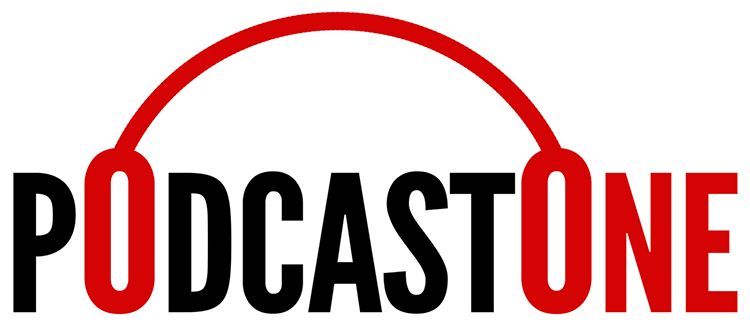
Weekly Roundup, December 3-7, 2018

John Kamensky
Collaborative Government at Work. Federal News Network showcases an amazing partnership effort by the Department of Veterans Affairs that expands its historical telemedicine effort to include private sector partners: “Walmart has also agreed to set up remote examination services at some of their stores across the country, so veterans can access the same telehealth services. . . . “[It] totally changes the VA’s footprint for delivering care,” Deborah Scher, executive adviser to the Secretary’s Center for Strategic Partnerships at the department, said. “We mapped out where our veterans are in greatest concentration against VA facilities, and then we put the Walmart map on top of that. Ninety percent of Americans live within 10 miles of a Walmart. Ninety percent of veterans don’t live within 10 miles of a VA medical center. This totally changes their ability to access care in a way that works for their lives.”
A Less-Is-More Strategy. Federal News Network reports: “The administration next year will focus on fewer initiatives that hold greater impact on agencies’ efforts to create a 21st century workforce, said Margaret Weichert, acting director for the Office of Personnel Management and deputy director for management at the Office of Management and Budget.”
OPM to Conduct Project, Program Manager Assessments. Federal Times reports: “The Office of Personnel Management will be conducting assessments next year of program and project managers across federal agencies to determine the competencies of the management workforce. . . . The agency announced in a Dec. 4 memo, that it would begin conducting assessments in a phased approach of four groups beginning May 2019.”
Getting Customer Service Results. In an Op-Ed for Government Executive, Eric Keller and Kathy Conrad write: “In June, the Office of Management and Budget issued thorough guidance requiring agencies with the highest-impact public services to collect, analyze and report insights from their customers, prepare plans for improving the customer experience, and appoint an official responsible for progress. The guidance draws on leading commercial practices and establishes a robust framework for agencies to better understand and act on the evolving needs of their customers. . . As they implement this guidance in 2019, agency managers should prioritize concrete steps that will enable lasting improvements.”
Drop in Employee Survey Response Rate. TechTarget reports: “The federal government saw a big drop in employee responses to its annual employee engagement survey, in just released data. Of the approximately 1.5 million employees asked to participate in the online engagement survey, only 41% did so -- a 5% decrease from last year.” The author addresses why this is a concern.
High-Value Work: What’s Missing. In an Op-Ed for Government Executive, Andy Feldman and Kathy Stack write: “The White House Office of Management and Budget wants a spring cleaning within the executive branch. The target isn’t dirt or clutter, but rather unneeded rules and requirements imposed on agencies. . . . There is, however, an important missing piece to the goal. As currently structured, it is focused internally, designed to reduce hurdles to better agency performance. Yet much of federal policy is implemented at the state and local levels. To truly catalyze high-value work within government, we also need to free up states and localities from unnecessary and obsolete policies, guidance and reporting requirements.”
New GAO Report on Fraud Risk Management. The Government Accountability Office reports: “We found that OMB established a working group and held meetings to help agencies share fraud risk management practices. However, the group did not meet as often as required in 2017 and not all relevant agencies were involved. . . . Most agencies we surveyed had started implementing required fraud risk management activities, but reported needing more involvement and information from the working group.”
Michael J. Keegan
White House plans spring release of AI research strategy. The Trump administration plans to update an artificial intelligence research and development strategy first published under the Obama administration, according to Lynne Parker, the assistant director of artificial intelligence in the White House Office of Science and Technology Policy.
The 2016 National Artificial Intelligence Research and Development Strategic Plan outlined funding priorities for federal research dollars. The new plan will include updates generated by a National Science Foundation request for comment in September this year, Parker said at a Dec. 4 event hosted by the Information Technology and Innovation Foundation.
HHS expects ATO for blockchain acquisition solution this month. The Department of Health and Human Services is making a big push to have the first blockchain-based program in the federal government with authority to operate certification. Sara Friedman explains why it's actually kind of a big deal.
DOD closes in on 100 percent Windows 10. As the Department of Defense closes in on 100 percent Windows 10 migration, it's sending the message to customers that it doesn't want to pay for expensive out-of-support operating system solutions. Lauren C. Williams has the story.
TSA unveils cyber roadmap. The Transportation Security Administration's new cybersecurity roadmap calls on the agency to communicate better with stakeholders in aviation, mass transit, freight rail, motor carrier and pipeline sectors, and take a hand in protecting data collected on traveler.
Trump administration to focus on fewer workforce initiatives with more impact in 2019. When it comes to the administration’s plans to modernize the federal workforce, the Trump administration is adopting the “less is more” strategy in 2019. The administration next year will focus on fewer initiatives that hold greater impact on agencies’ efforts to create a 21st century workforce. The approach is slightly different than the plans the administration put forth when it first announced the 14 cross-agency priority goals under the President’s Management Agenda earlier this year. Subsequent updates on Performance.gov showed the administration was juggling many priorities.
Next Week on The Business of Government Hour: Insights from the Deputy Directors for Management at the Office of Management and Budget. In celebration of its 20th anniversary, the IBM Center for The Business of Government convened a panel discussion with the current and 3 past deputy directors for management at the Office of Management and Budget. Join host Michael Keegan next week as they reflect on the most significant government management initiatives while also sharing lessons learned for tomorrow’s leaders.
Broadcast Schedule: The show airs Monday at 11 a.m., and Friday at 1 p.m. on Federal News Radio 1500AM WFED.
Anytime, Anywhere on...
https://www.podcastone.com/the-business-of-government-hour
https://itunes.apple.com/us/podcast/the-business-of-government-radio-hou...





